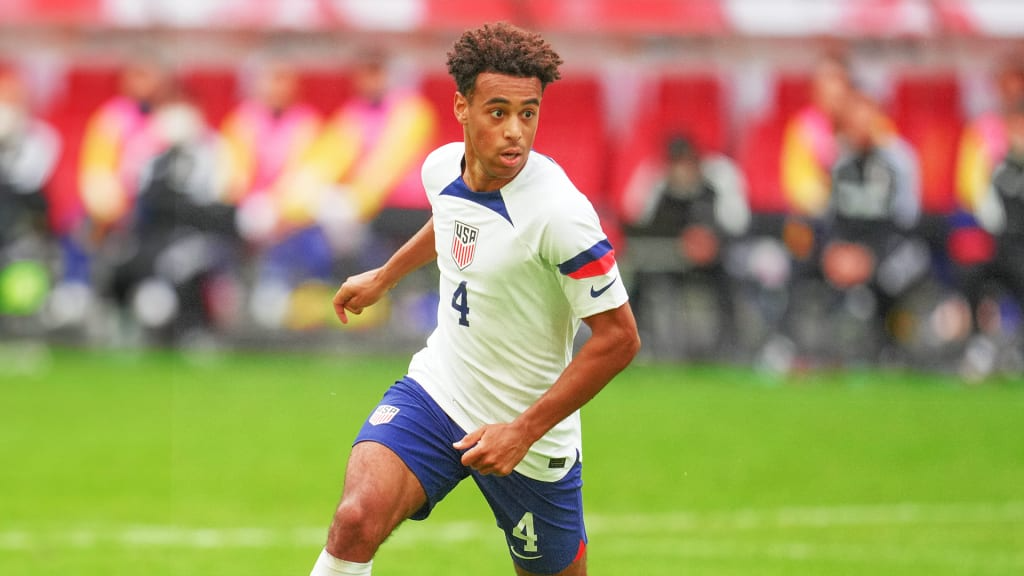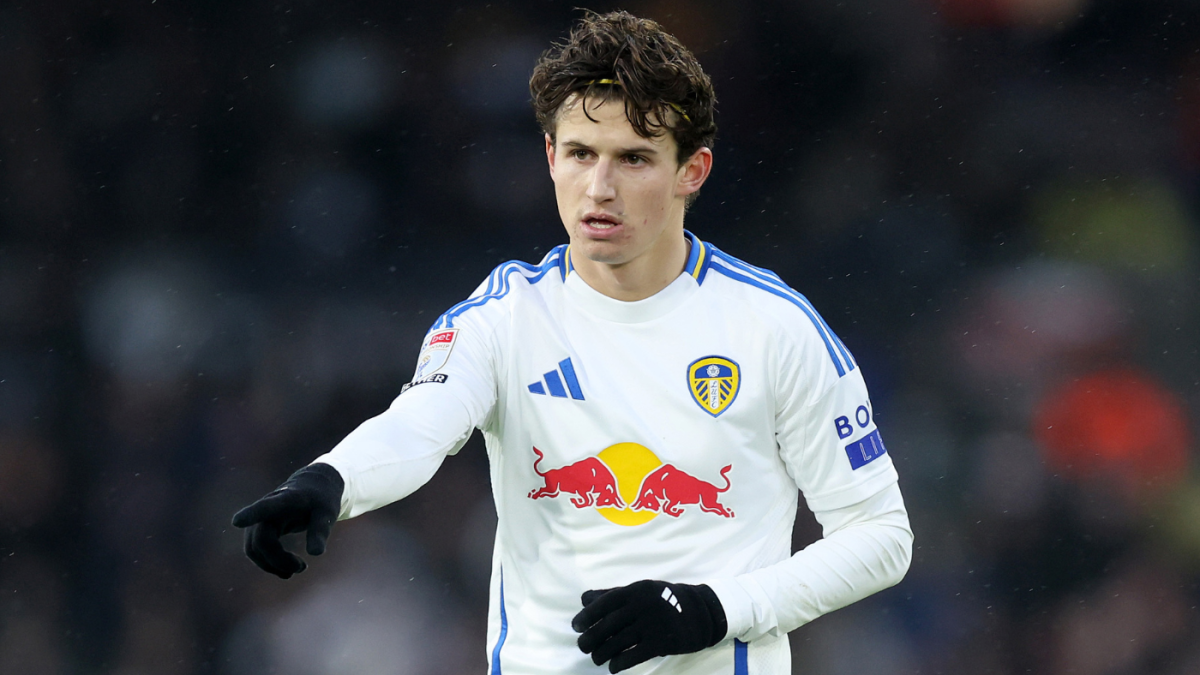 Champions League
Champions League

 Conference League
Conference League

 Premier League
Premier League

Published on Jul, 30 2024

As a lifelong devotee of American soccer, I and countless others felt a pang of disappointment when our cherished USMNT fell short in the group stage of the recent Copa America (2024). This recurring frustration has been with us for over two decades, dating back to the hopes ignited by Lalas and Balboa during the 1994 World Cup. Our brief taste of success in 2002, when we reached the round of 16 in Korea/Japan, felt like a fleeting dream. Since then, despite our investments in infrastructure and the international experience of our players, the USMNT has yet to advance beyond the quarter-finals since that memorable run. Yet, it does not need to remain this way. This article delves into the reasons behind the USMNT’s struggles on the World Cup stage and the broader issues within soccer development in the United States.

Soccer’s storied legacy in Europe and South America spans over 70 to 100 years, while competitive soccer in the United States is relatively recent. Major League Soccer (MLS) was established in 1993, just 29 years ago. Unlike football, basketball, or baseball, MLS lacks the deep-rooted support that translates into robust fan engagement and revenue streams. The rush to create a league in 1993 was driven by the U.S. hosting the 1994 World Cup. Consequently, aspiring athletes often gravitate toward more established sports like basketball and football, leaving soccer to linger in the shadows.

The youth system serves as the bedrock for nurturing future stars, yet in the U.S., this system is fragmented and insufficient. Given the recent inception of the MLS, many young athletes and their families favor sports like basketball and football, which offer clearer paths to scholarships and professional opportunities. The National Federation of State High School Associations (NFHS) reports football as the most participated sport (1,006,013), followed by basketball (939,836) as of 2019. Soccer, despite being the world’s most popular sport, lags with 459,077 participants. The fragmented nature of the American youth system—with its school teams, local leagues, and regional clubs—makes it challenging to identify and develop talent effectively.

The disjointed approach to coaching education in the U.S. has also impeded soccer’s growth. Unlike the Union of European Football Associations (UEFA), which boasts a globally recognized coaching license, the U.S. Soccer Federation’s (USSF) credentials are less esteemed. This disparity leads many aspiring coaches to seek UEFA licenses for better opportunities and salaries abroad. Moreover, the lack of a unified coaching structure creates gaps, allowing unqualified individuals to guide young players during crucial developmental years. For U.S. soccer to thrive, it must enhance its coaching and youth development framework.

To build a world-class soccer academy system, the United States should look to its European and South American counterparts for inspiration. Renowned academies such as France’s Clairefontaine, Germany’s DFB, and Spain’s youth structures have produced legends like Zinedine Zidane, Thierry Henry, and Kylian Mbappé. Brazil and Argentina also boast exceptional academies at the club level. With the influx of revenue from MLS, particularly since Lionel Messi's arrival, the USSF must aspire to create a national academy structure comparable to these esteemed institutions if it aims to reach the semi-finals and finals of the World Cup.
The wage disparity between soccer and other major sports, such as basketball and football, deters young talent from pursuing MLS careers. In 2020, the average MLS player earned approximately $410,000, compared to $3.26 million in the NFL and $7.7 million in the NBA. With such stark contrasts, it’s no wonder that many young players and their families opt for sports with better financial prospects. The revenue of the top sports further underscores this issue, with football generating €18.03 billion, MLB €11.32 billion, NBA €9.95 billion, and MLS a modest $875 million in 2023. To attract elite athletes, MLS must improve its financial appeal and increase sponsorship and awareness.
![]()
Soccer in the United States faces significant infrastructure challenges. The standard soccer pitch size is 105 by 68 meters, but urban areas often struggle to accommodate such spaces due to high demand for other sports like baseball and basketball. Additionally, the cost of soccer equipment can exceed $200, which can be prohibitive for lower-middle-class families. Urban parks and playgrounds, frequently dominated by other sports, further complicate the issue. Moreover, many American pitches use artificial turf, which can trap heat and exhaust players more quickly than natural grass. To nurture young talent, addressing these infrastructure issues is crucial.
In the U.S., soccer has struggled to capture the same level of passion as football, baseball, and basketball. While soccer—known globally as football—thrives in immigrant communities, it remains on the periphery of mainstream American sports culture. However, change is on the horizon. The 2024 Copa America, with its record-breaking attendance and revenue, and the upcoming 2026 FIFA World Cup co-hosted by the U.S., Canada, and Mexico, are set to raise soccer’s profile. As awareness grows, so will the next generation of American stars like Christian Pulisic and Landon Donovan.

It’s tempting to criticize the U.S. soccer team’s international performance harshly. Yet, considering that MLS has only been around for 29 years and the U.S. has hosted one FIFA World Cup with another on the horizon, it’s clear that we are still in the early stages of our soccer journey. With the league’s growth, the influx of international stars, and the increasing attention on soccer, there is reason to hope. By addressing these challenges—strengthening youth development, improving infrastructure, and fostering a robust soccer culture—we can aspire to join the ranks of soccer’s elite nations and one day celebrate a World Cup victory alongside legends like Tim Howard, Landon Donovan, Clint Dempsey, Alexi Lalas, and Jozy Altidore.
Editors Top Picks







